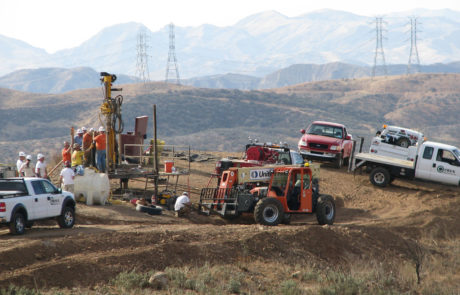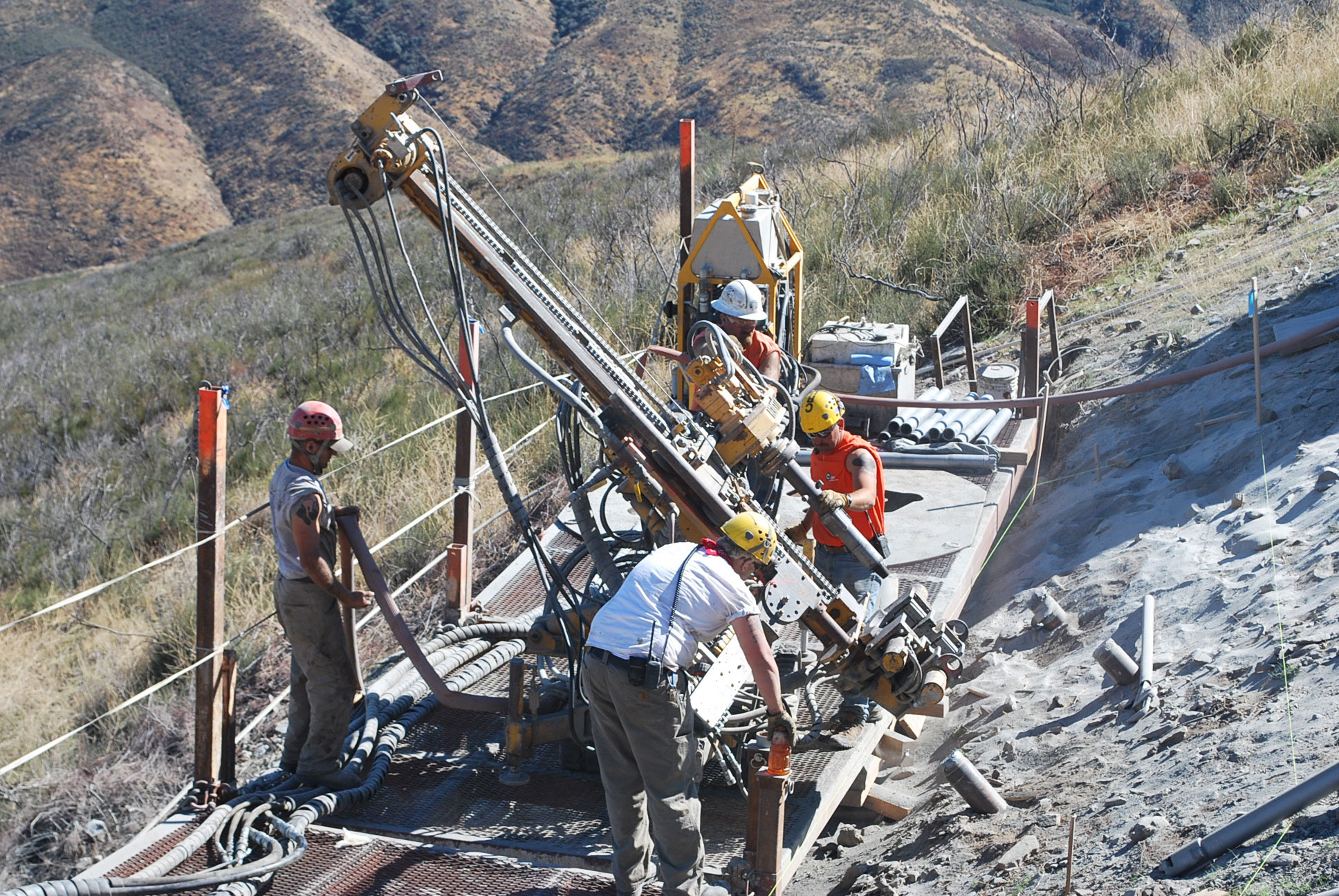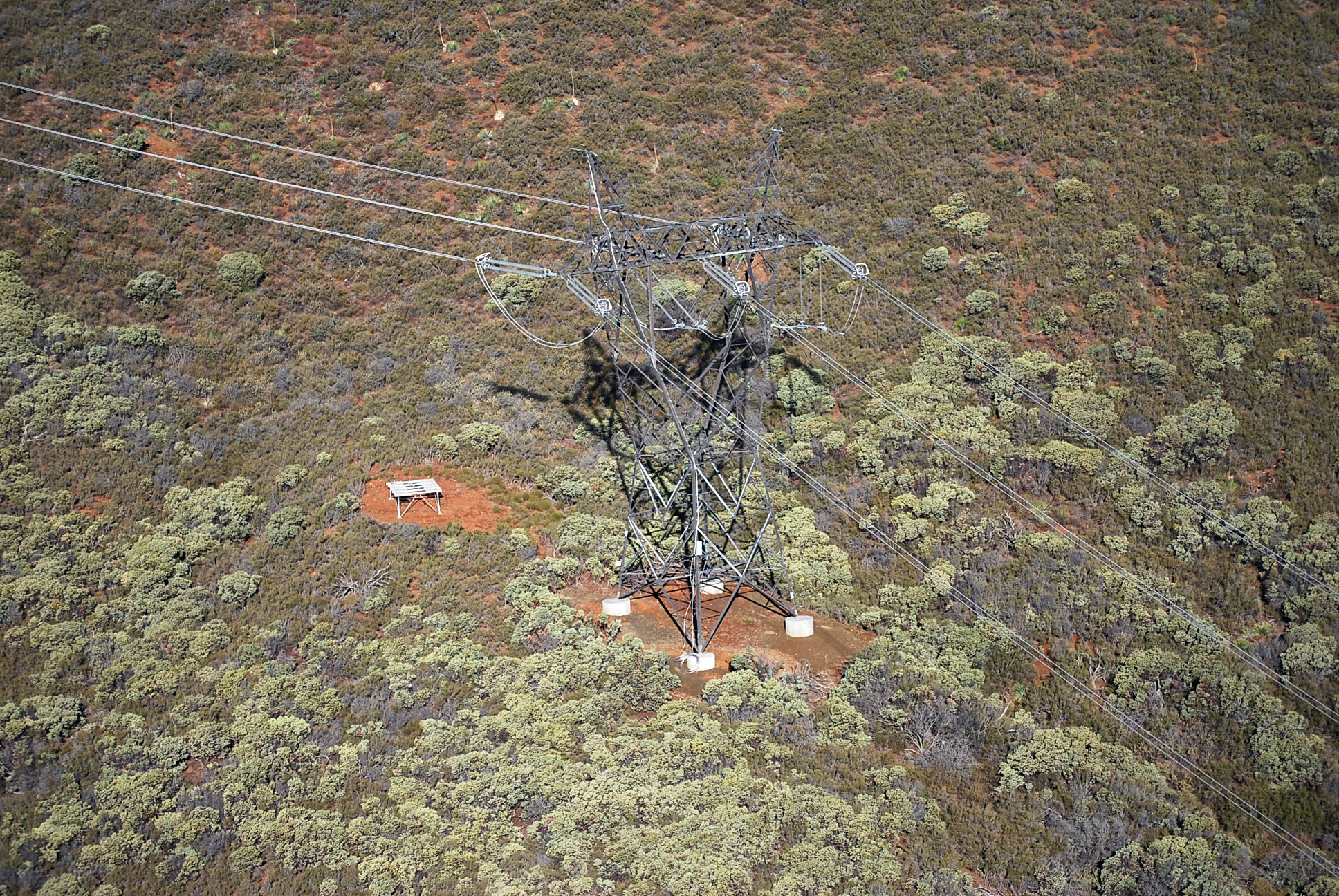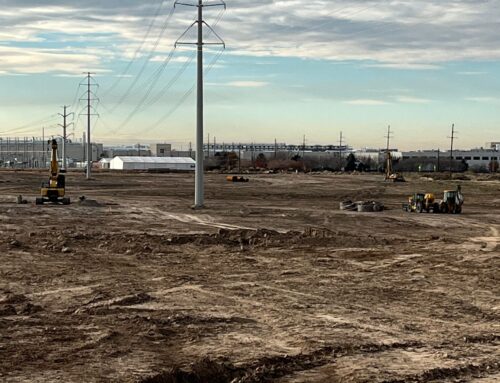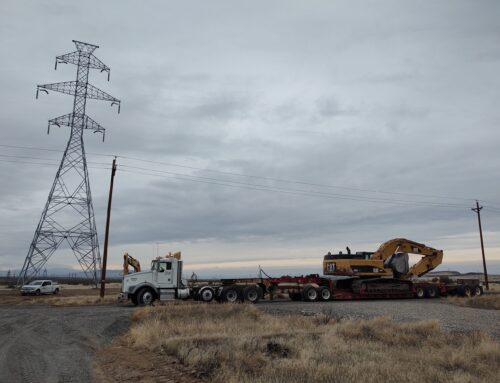
Difficult-Access Foundation Construction
Southern California Edison’s Tehachapi Renewable Transmission Project (TRTP) consists of upgrading 11 segments of high-voltage transmission line from 220 kV to 500 kV. Segment 1 of TRTP entailed rebuilding 26.5 miles of 220 kV lattice tower transmission line between the Antelope Substation in Lancaster, California and the Vincent Substation in Santa Clarita, California. Approximately 12 miles of the alignment are located within the Angeles National Forest, where new road construction was not permitted and access by vehicle is limited to existing United States Forest Service (USFS) roads.
Team Members
Southern California Edison
PAR Electrical Contractors
Crux Subsurface
Crux’s Role
PAR Electrical Contractors provided construction services for this segment and subcontracted Crux to provide foundation design-build for the 12-mile section within USFS land. Crux provided an alternative design option which replaced excavated shaft foundations with micropile foundations at 56 tower locations. Following a design review, Southern California Edison accepted Crux’s design for construction.
A key component of the design was to provide a foundation system able to accommodate variable subsurface conditions and tower loads without changing materials or equipment. Subsurface characterization was completed during the drilling of the first pile, allowing Crux to quickly adjust the pile depth and quantity at each site.
Due to the lack of road construction, drill equipment was transported to tower sites using medium and light-lift helicopter. Specialty micropile drills were set on levelling platforms, and micropiles were installed on a radial array based on the specific tower requirements. Concrete caps were used to transfer the load from the stub angle to the micropile, and proof testing of was conducted at each tower site prior to completion.
Utilization of Crux’s micropile foundation design allowed for minimized site excavation, less required concrete, reduced safety concerns associated with hand dug shafts, and a foundation system able to accommodate variable subsurface conditions and tower loads.

